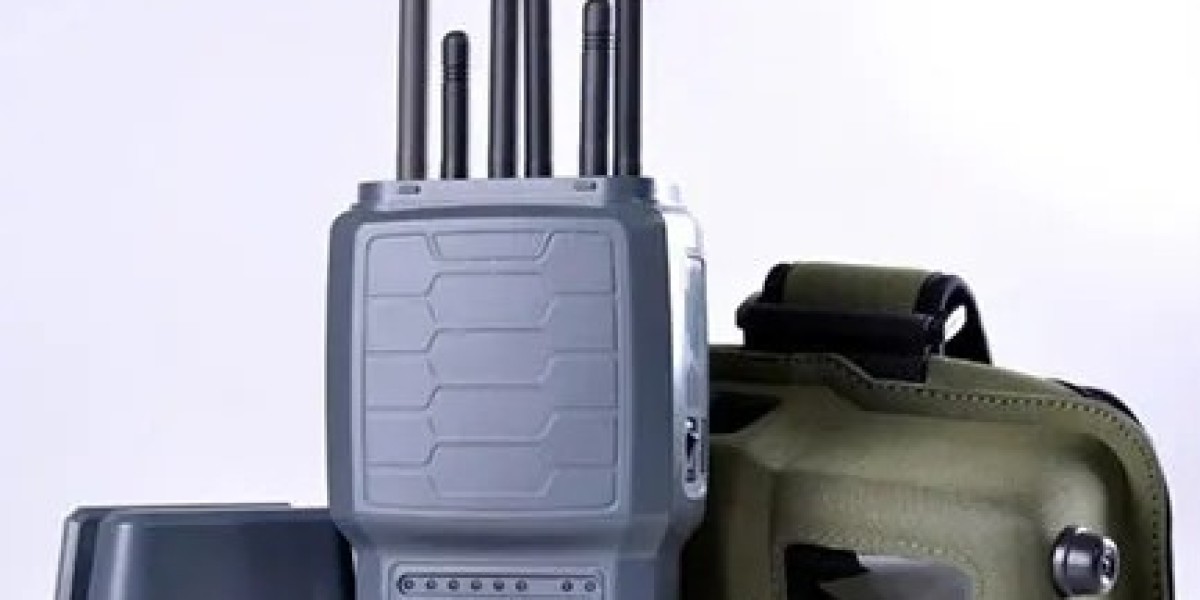An Airplane pre-conditioning air unit (PCA) plays a pivotal role in modern aviation by ensuring that an aircraft remains comfortable and operationally ready while on the ground, without relying on its internal power sources like auxiliary power units (APUs) or engines. Understanding how these units function reveals their importance in optimizing ground operations, enhancing passenger comfort, and maintaining aircraft equipment, all while contributing to energy efficiency and reducing environmental impact.
Understanding the Core Functionality of PCA Units
An airplane pre-conditioning air unit, often positioned on the tarmac at an airport, serves one primary purpose: to provide conditioned air to the aircraft during ground operations. Aircraft spend a significant amount of time on the ground during pre-flight preparation, boarding, and in between flights. During this time, passengers, crew, and sensitive onboard electronics require a controlled climate to function correctly and comfortably. A PCA ensures this by maintaining the cabin and operational areas of the plane at the desired temperature and humidity levels.
1. Pre-conditioning of Air Supply
At the heart of a PCA unit's operation is its ability to condition air before delivering it into the aircraft. This conditioning involves heating, cooling, or dehumidifying the air, depending on the needs of the aircraft, ambient weather conditions, and flight preparations. Here’s how it works:
- Temperature Control: During hot days, the PCA supplies cool air into the aircraft, keeping the cabin and other critical areas at comfortable temperatures for passengers and equipment. Conversely, in colder weather, the PCA provides heated air to ensure that the interior does not become too cold for pre-boarding preparations.
- Humidity Management: Aircraft, especially those preparing for long-haul flights, require specific humidity levels to prevent excess moisture from damaging sensitive avionics and other onboard systems. PCA units are equipped with humidity control mechanisms, ensuring that the air supplied into the aircraft is not too humid or too dry.
2. Seamless Integration with Aircraft Systems
One of the reasons PCA units are essential is their ability to seamlessly integrate with the aircraft's air circulation system. Modern aircraft are designed with pre-conditioning in mind, with special ports through which PCA units can deliver conditioned air directly into the cabin. This process is crucial because it ensures that the aircraft's internal environmental control systems are bypassed while on the ground, reducing wear and tear on internal components and extending their lifespan.
The PCA unit is designed to match the pressure and airflow requirements of the aircraft, ensuring that air is circulated efficiently throughout the cabin. This precise delivery of air guarantees comfort for passengers and helps maintain critical operational areas like the cockpit and avionics bays at optimal temperatures.
3. Energy Independence and Efficiency
One of the most significant advantages of using a PCA unit is that it provides conditioned air without requiring the aircraft to run its engines or auxiliary power unit (APU). Typically, an aircraft's APU would be used to power air conditioning and other systems when the main engines are off. However, APUs consume fuel, generate emissions, and create noise, making them less ideal for extended ground operations.
By using a PCA unit, airports and airlines can significantly reduce the need to run the APU, thus conserving fuel, cutting emissions, and reducing operational costs. This independence from the aircraft’s internal power sources makes PCA units not only environmentally friendly but also highly cost-effective, especially for airports that handle large volumes of traffic and need to keep aircraft on the ground for extended periods.
PCA Units and Their Impact on Ground Operations
1. Optimized Turnaround Time
One of the critical aspects of airline operations is minimizing the time an aircraft spends on the ground between flights. This process, known as turnaround time, involves everything from passenger boarding and refueling to maintenance checks and cabin cleaning. PCA units play a crucial role in this process by pre-conditioning the aircraft well before passengers begin boarding.
This pre-conditioning ensures that the aircraft is at the right temperature and humidity, ready for immediate boarding as soon as the crew and passengers are ready. It also helps maintain sensitive electronics that might otherwise overheat or malfunction during extended periods on the ground. By ensuring that the aircraft remains in peak operational condition, PCA units help airlines stick to their tight schedules and minimize delays.
2. Environmental Considerations
The aviation industry has come under increasing pressure to reduce its environmental footprint. One of the key areas where this can be achieved is during ground operations, where traditionally aircraft would run their APUs to maintain comfort and operational readiness. However, this leads to unnecessary fuel consumption and increased carbon emissions.
By using PCA units, airports and airlines can significantly reduce these emissions. PCA units are typically powered by electricity, which can be sourced from renewable energy systems or from cleaner energy grids. This helps reduce the overall carbon footprint of the aviation industry and aligns with global goals for reducing greenhouse gas emissions.
Additionally, PCA units also reduce noise pollution. Aircraft APUs, while smaller than main engines, still generate significant noise, which can be disruptive to airport operations and nearby communities. PCA units, in contrast, operate much more quietly, contributing to a quieter and more efficient airport environment.
Ensuring Consistent Passenger Comfort
For passengers, the primary benefit of a PCA unit is comfort. Whether boarding in a hot, tropical climate or a frigid, arctic environment, passengers expect the cabin to be comfortable from the moment they step onboard. PCA units ensure this by keeping the cabin at a consistent temperature and humidity level, regardless of the external conditions.
This consistent comfort is especially important for long-haul flights where passengers may be boarding several hours before departure. Without PCA units, the cabin could become too hot or too cold during the boarding process, leading to discomfort and dissatisfaction among passengers. By maintaining a comfortable environment from the moment passengers board, PCA units enhance the overall travel experience.
PCA Units and Their Role in Maintenance
Aircraft are complex machines that require constant monitoring and maintenance, even when they’re on the ground. One of the areas where PCA units play a vital role is in protecting sensitive onboard equipment. Avionics, for example, are highly sensitive to temperature and humidity changes. If an aircraft sits on the tarmac without proper air conditioning, the temperature inside the avionics bay can quickly rise, leading to potential overheating and malfunction.
PCA units help mitigate this risk by keeping the avionics bay and other sensitive areas at optimal temperatures, even during extended ground operations. This not only protects the equipment but also reduces the likelihood of maintenance delays caused by overheating or other temperature-related issues.
Conclusion
In summary, Airplane Pre-conditioning Air Units (PCAs) are an essential part of modern aviation, ensuring that aircraft remain comfortable, operational, and ready for departure during ground operations. By providing conditioned air independently of the aircraft’s power systems, PCAs contribute to operational efficiency, reduced environmental impact, and enhanced passenger comfort. Their integration with aircraft systems ensures seamless operation, helping airlines optimize their ground operations while minimizing costs and emissions.








